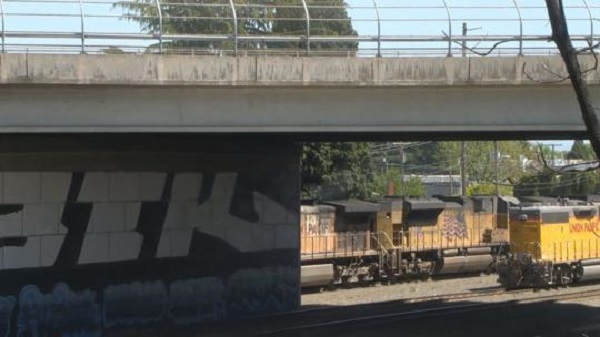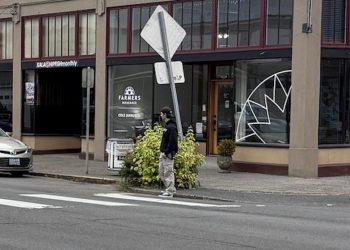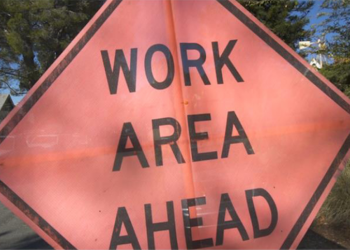EUGENE, Ore. — The long-awaited Chambers Street bridge retrofit project in Eugene is back on track after experiencing significant delays that frustrated local commuters. The project, designed to make the bridge seismically stable in preparation for a potential Cascadia Subduction Zone earthquake, had been stalled for over a month as construction crews waited for necessary adjustments to the plan.
The City of Eugene initiated the retrofit to ensure the bridge can withstand a major earthquake, a critical safety measure for the region. Marion Suitor Barnes, a spokesperson for the City of Eugene Public Works, emphasized the importance of the Chambers Street bridge, noting that it connects to River Road, a key thoroughfare for both regular traffic and emergency response vehicles.
“We’re looking at the main thoroughfares and lifeline streets for potential emergencies in Eugene, and obviously River Road is a main thoroughfare. That bridge is very important for maintaining access for first responders,” Barnes said.
The bridge’s seismic upgrade is part of an ongoing effort to reinforce essential infrastructure ahead of a potential natural disaster. The retrofitting work requires extensive changes to the bridge structure, which has led to temporary traffic reroutes and congestion. Despite the necessary changes, the project has not been without its challenges, and delays in construction have added to the burden on local drivers.
Work on the bridge initially seemed to be progressing smoothly, but after several weeks, construction came to a halt for nearly a month. Barnes explained that adjustments to the project design were necessary, and the work stoppage was required to incorporate these changes. “Anytime we make an adjustment to a project, there’s always a notification process where we need to ensure that other area agencies are aware of any changes,” Barnes said. “We understand the frustration this causes for residents, especially when they’re driving by and not seeing any action.”
With construction now moving forward again, city officials caution that the project is far from completion. The retrofit is not expected to finish until late 2025, meaning the disruptions to traffic and driving patterns will persist for some time.
Barnes acknowledged the long timeline, advising residents to adjust to the ongoing changes in their daily routes. “We know it’s a lengthy process, but it’s important for the community to understand that the roads will eventually return to normal,” she said. “In the meantime, we encourage everyone to get used to the changes.”
While the construction continues, the City of Eugene remains focused on ensuring that the bridge will be ready to serve the community and emergency responders in the event of a major earthquake. As the project progresses, city officials continue to encourage patience and cooperation from drivers and residents alike.














